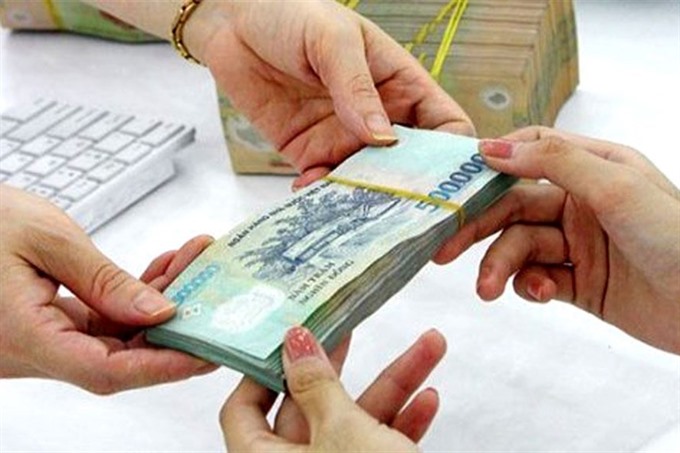 Society
Society

The National Wage Council yesterday finally reached a consensus to an option of raising the 2019 regional minimum wage for non-State employees at 5.3 per cent compared to the 2018’s wage.
 |
| An increase in the minimum wage moved a step closer yesterday after the National Wage Council agreed to increase basic salaries.— Photo laodong.vn |
HÀ NỘI — An increase in the minimum wage moved a step closer yesterday after the National Wage Council agreed to increase basic salaries.
The committee confirmed they will look at a rise of more than 5 per cent compared to last year.
The raise is equal to an increase of VNĐ160,000-200,000 (US$6.8-8.6) each month per labourer.
It is believed to be the lowest increase of the regional minimum wage so far.
The increase will be submitted to the Government for final approval.
The increase of the regional minimum wage was 7.3 per cent in 2017, equal to an increase of VNĐ180,000-250,000($7.7-10.7) and 6.5 per cent in 2018, equal to an increase of VNĐ180,000-230,000 ($7.7-9.9).
The decision was made after the third meeting of the council held in northern Hải Phòng City yesterday and chaired by Deputy Minister of Labour, Invalids and Social Affairs cum President of the National Wage Council Doãn Mậu Diệp.
Representatives from the Việt Nam Chamber of Commerce and Industry (VCCI), on behalf of employers and the Việt Nam General Confederation of Labour (VGCL), on behalf of employees, were also at the meeting.
They decided the monthly minimum wage for four different regions in Việt Nam to be Region I: VNĐ4.18 million (US$180); Region II: VNĐ3.71 million ($160); Region III: VNĐ3.25 million ($140) and Region IV:VNĐ 2.92 million ($126).
Region I covers urban Hà Nội and HCM City, II covers rural Hà Nội and HCM City along with urban Cần Thơ, Đà Nẵng and Hải Phòng cities, III applies to provincial cities and the districts of Bắc Ninh, Bắc Giang, Hải Dương and Vĩnh Phúc provinces and Regional IV takes care of the remaining localities.
Diệp said the increase was selected at 5.3 per cent after many discussions and was thought to be reasonable.
“It is the level that could cover a price slippage of 4 per cent each year and still ensure a small actual pay rise for labourers,” he said.
Additionally, the level was also affordable for employers to pay, he added.
Mai Đức Chính, vice president of VGCL, also said the increase was acceptable.
Chính said the 2018 regional minimum wage actually met about 92-94 per cent of the minimum living standards.
However, if fully calculated, it was necessary to increase the regional minimum wage by 7 per cent each year to both offset inflation and ensure a steady actual pay rise for the labourers, he said.
The increase for 2019 was only 5.3 per cent, it meant the pressure of adjusting the regional minimum wage for 2020 would not be small, he said. — VNS




